MS002 - Adaptive Modeling and Simulation by Immersed Boundary Methods
Keywords: CUTFEM, Finite Cell Method, Geometry Analysis Coupling, Immersed Boundary Methods, Shifted Boundary Method
Immersed Boundary Methods (IBM) have attracted enormously increased attention over the past fifteen years. Their central principle is to extend a domain of computation to a larger one, typically with a shape that is easy to mesh. On this extended domain a finite element type computation is performed, distinguishing between regions interior and exterior to the original domain. Under the denotation ‘fictitious domain’ or ‘embedded domain methods’ this principle has been followed already since the 1960ies. The recent new interest results from innovative algorithmic developments, mathematical analysis showing optimal convergence despite cut elements, the possibility to efficiently link these methods to various geometric models, and many new engineering applications. Many variants of Immersed Boundary Methods have been developed, like CutFEM, the Finite Cell Method, Unfitted Finite Elements, the Shifted Boundary Method, and Trimmed Isogeometric Analysis, to name a few.
Immersed Boundary Methods are adaptive by construction. The discretization on the extended domain must be adapted to the actual geometry to achieve stable, consistent, and (optimally) convergent approximations of the problem to solve. This can be done, e.g., by specific modifications of the weak formulations (‘ghost penalty’), specially adapted integration techniques (Finite Cell Method), or reformulation of boundary conditions (Shifted Boundary Methods). Immersed methods offer new possibilities to control the precision of a geometric representation, e.g., to ‘de-feature’ a model by adaptively controlling the size of relevant geometric details. In general, immersed methods depend on some background mesh, which may have to be adapted for accuracy. In these cases, there is typically an interaction between the immersing techniques and the finite element approximation, which needs h-, p-, hp-, or k-adaptation. Further, there is a growing research direction on a posteriori error estimation for IBM, and even inverse problems can be approached by adaptive immersed methods. Reliability, robustness, and efficient implementation also play an essential role.
This Minisymposium will focus on topics ranging from an adaptive coupling of computation and geometry, mathematical analysis, adaptivity, and implementational issues to the efficient solution of engineering problems. The interaction with industry software developers exploring ways to integrate IBM into legacy computer code is of particular interest.
Immersed Boundary Methods are adaptive by construction. The discretization on the extended domain must be adapted to the actual geometry to achieve stable, consistent, and (optimally) convergent approximations of the problem to solve. This can be done, e.g., by specific modifications of the weak formulations (‘ghost penalty’), specially adapted integration techniques (Finite Cell Method), or reformulation of boundary conditions (Shifted Boundary Methods). Immersed methods offer new possibilities to control the precision of a geometric representation, e.g., to ‘de-feature’ a model by adaptively controlling the size of relevant geometric details. In general, immersed methods depend on some background mesh, which may have to be adapted for accuracy. In these cases, there is typically an interaction between the immersing techniques and the finite element approximation, which needs h-, p-, hp-, or k-adaptation. Further, there is a growing research direction on a posteriori error estimation for IBM, and even inverse problems can be approached by adaptive immersed methods. Reliability, robustness, and efficient implementation also play an essential role.
This Minisymposium will focus on topics ranging from an adaptive coupling of computation and geometry, mathematical analysis, adaptivity, and implementational issues to the efficient solution of engineering problems. The interaction with industry software developers exploring ways to integrate IBM into legacy computer code is of particular interest.

